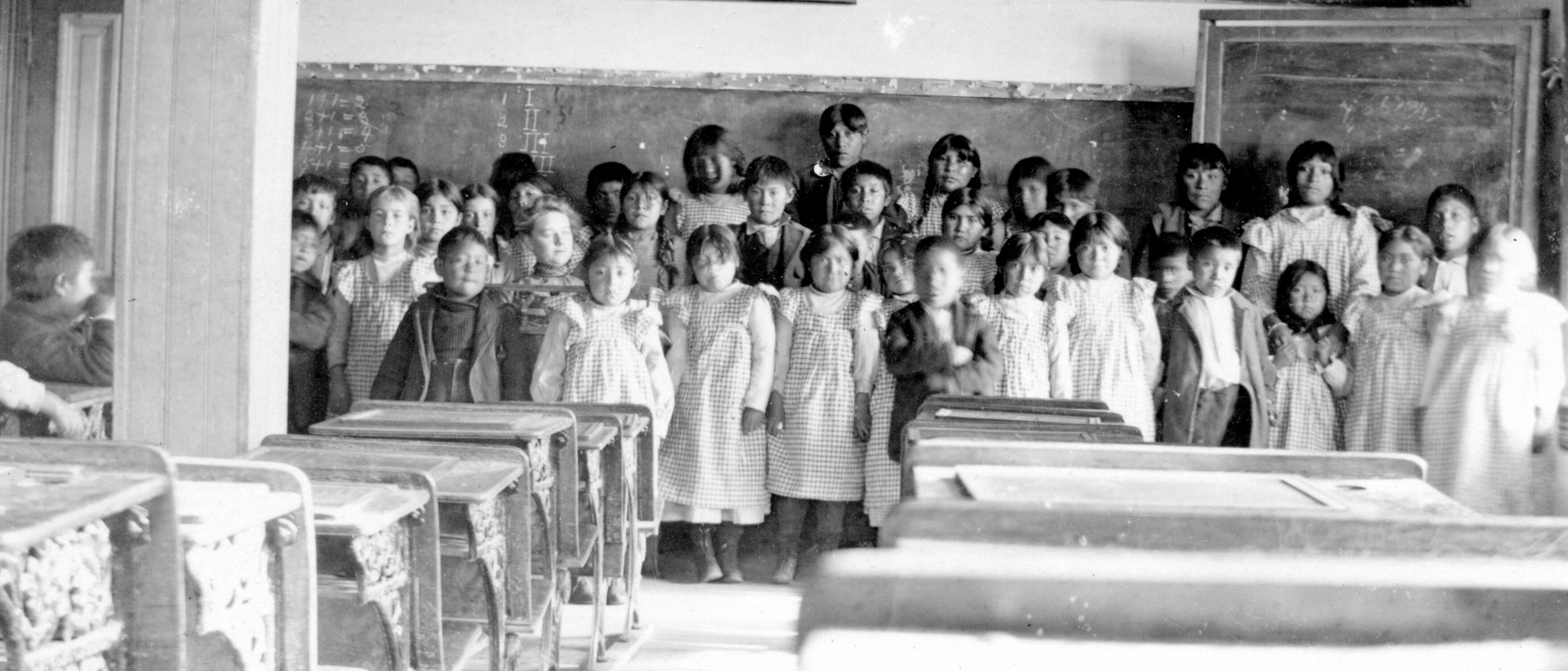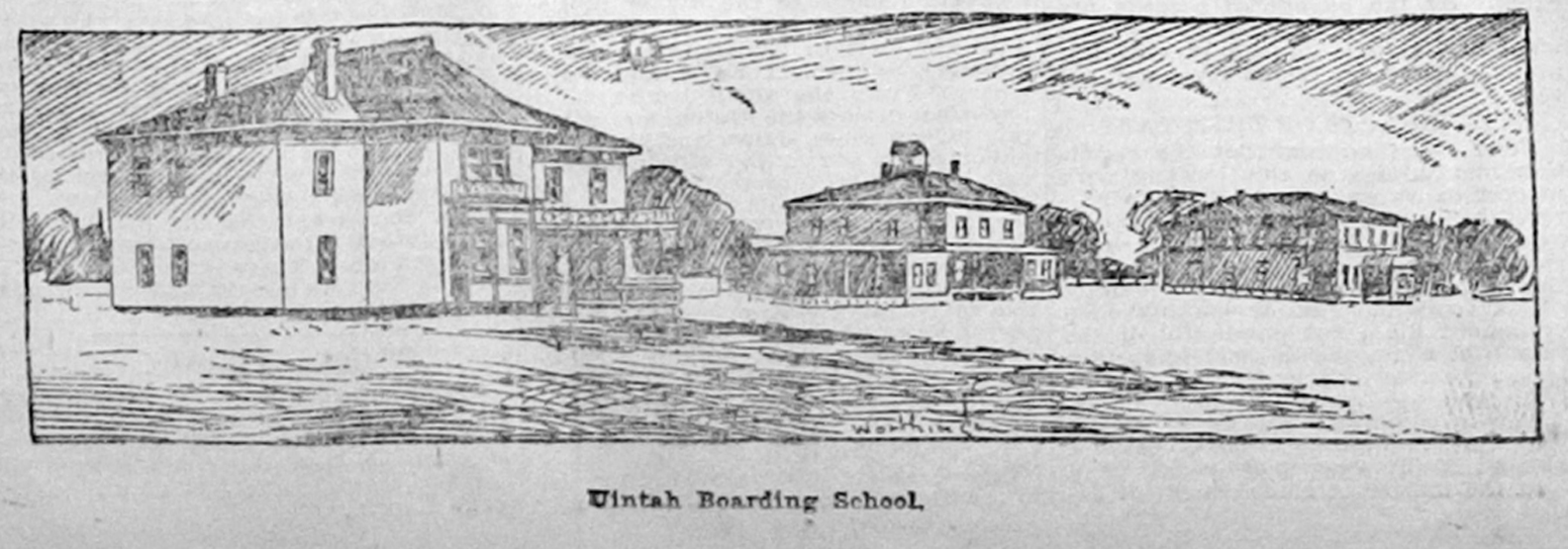What was boarding school life like?
Hundreds of Ute children worked, learned and lived in two federal boarding schools on the Uintah and Ouray Indian Reservation. The Uintah boarding school in Whiterocks opened on Jan. 1, 1881. The Ouray boarding school in Randlett opened a dozen years later, in April 1893. The two schools merged in 1905 at Whiterocks, which closed as a boarding school in 1952.

